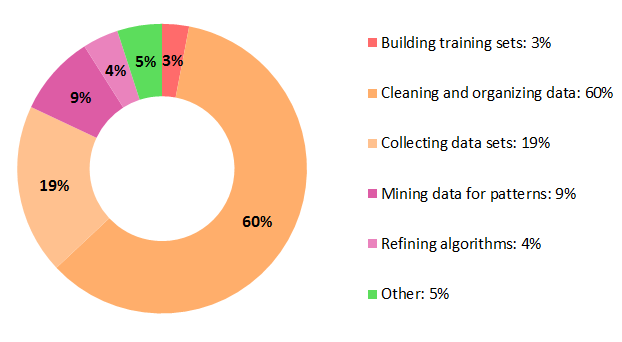I delayed this blog post for far too long.
Almost exactly one year ago I had to take a heartbreaking decision for myself and for my long term business partner and friend Mike Bergman. I had to stop working on our business projects, Structured Dynamics and Cognonto such that can restart bringing incoming for my family.
For more than ten years Mike and I had the good fortune to be able to spend all our time working together on all kind of interesting projects and doing really mind challenging research into the field of the Semantic Web, and more recently, its applications to the field of the Artificial Intelligence.
Our last business project was a company called Cognonto, and more precisely its huge knowledge graph called KBpedia. This project, just like anything we did prior to it, was everything about research and development, trying to push ideas, concepts and principles to the market. We put all our thoughts, energy, time and [monetary] resources in pursuing our goals.
The problem is that we have never been able to monetize this new endeavor unlike the other projects we created in the previous decade.
After more than a year and a new baby boy, after spending all the resources I had available for the project I had to take a decision for me and my growing family. I had to seek for a new job.
That is why I have been silent for so long. I had to reorganize my time after being self employed for about fifteen years and dealing with two young boys.
However, I had the good fortune to be contacted by Curbside about at the same time that I took that decision to seek for a new job. I now lead the creation, design and development of their internal machine learning environment.
Good fortune being what it is, I really do enjoy my new work, the importance of it, the design and research I am putting in it and the wonderful team that I am part of.
We dissolved the Structure Dynamics company a few months ago. However not everything is done. Mike is working on a really personal and important project related to KBpedia for which we have important announcements to do in the coming months.
Lastly, I would like to take the time to say thank you to Mike Bergman for all the time we spend together working on those wonderful semantic web and knowledge base representation projects together. All those daily chats and calls we had discussing and arguing to advance our ideas. And for all those things you taught me about research methodology, business and life. I owe you much my friend!
